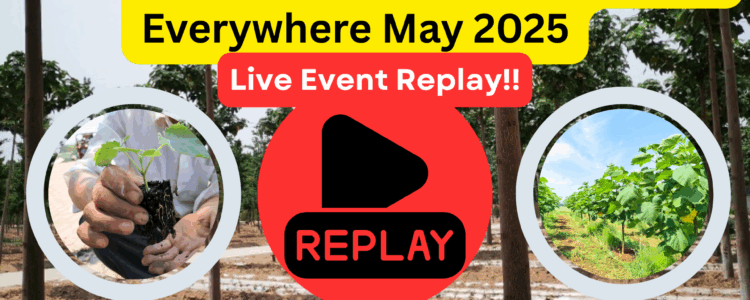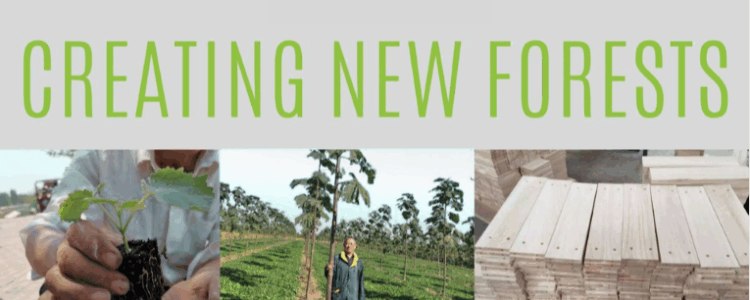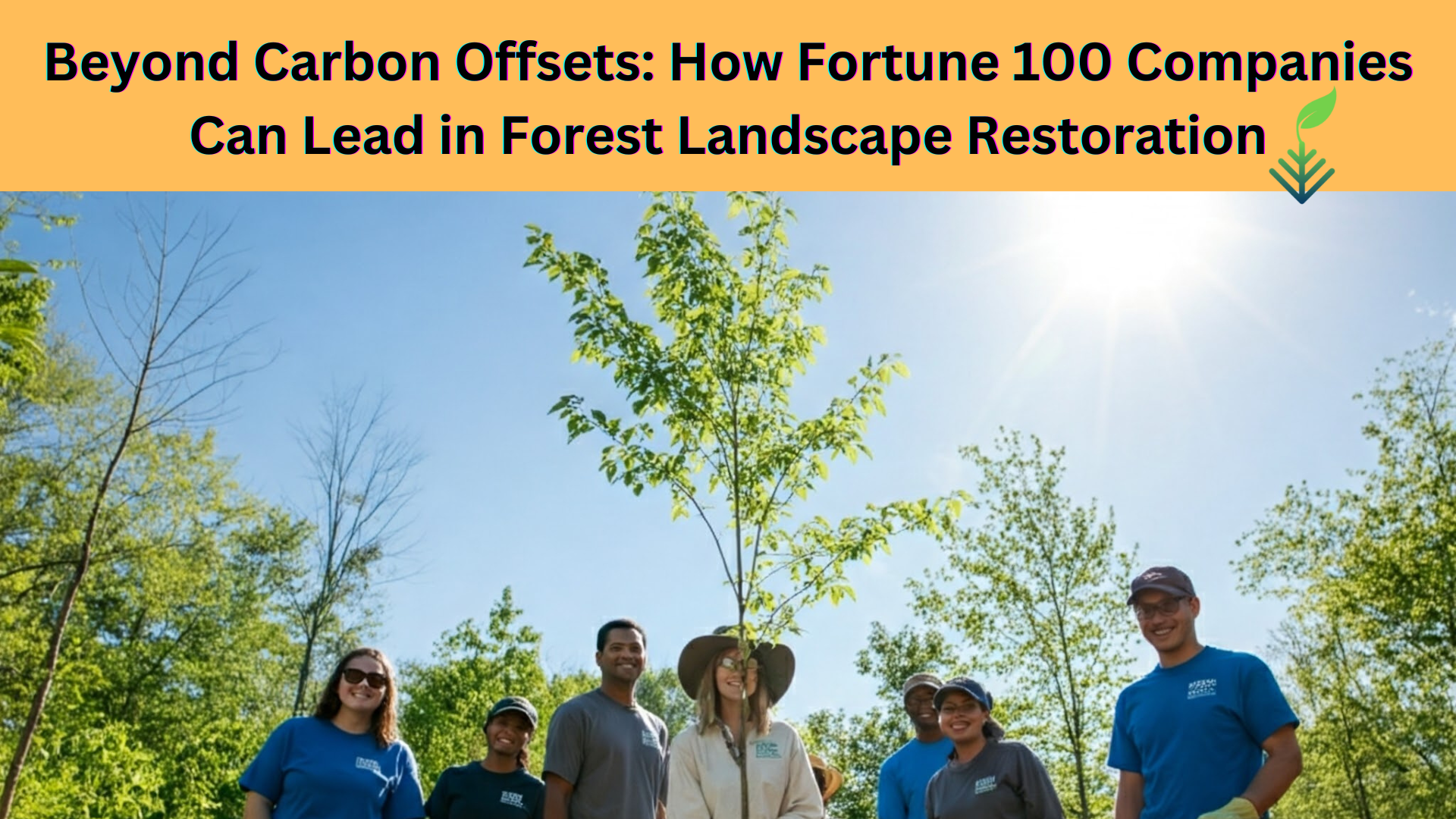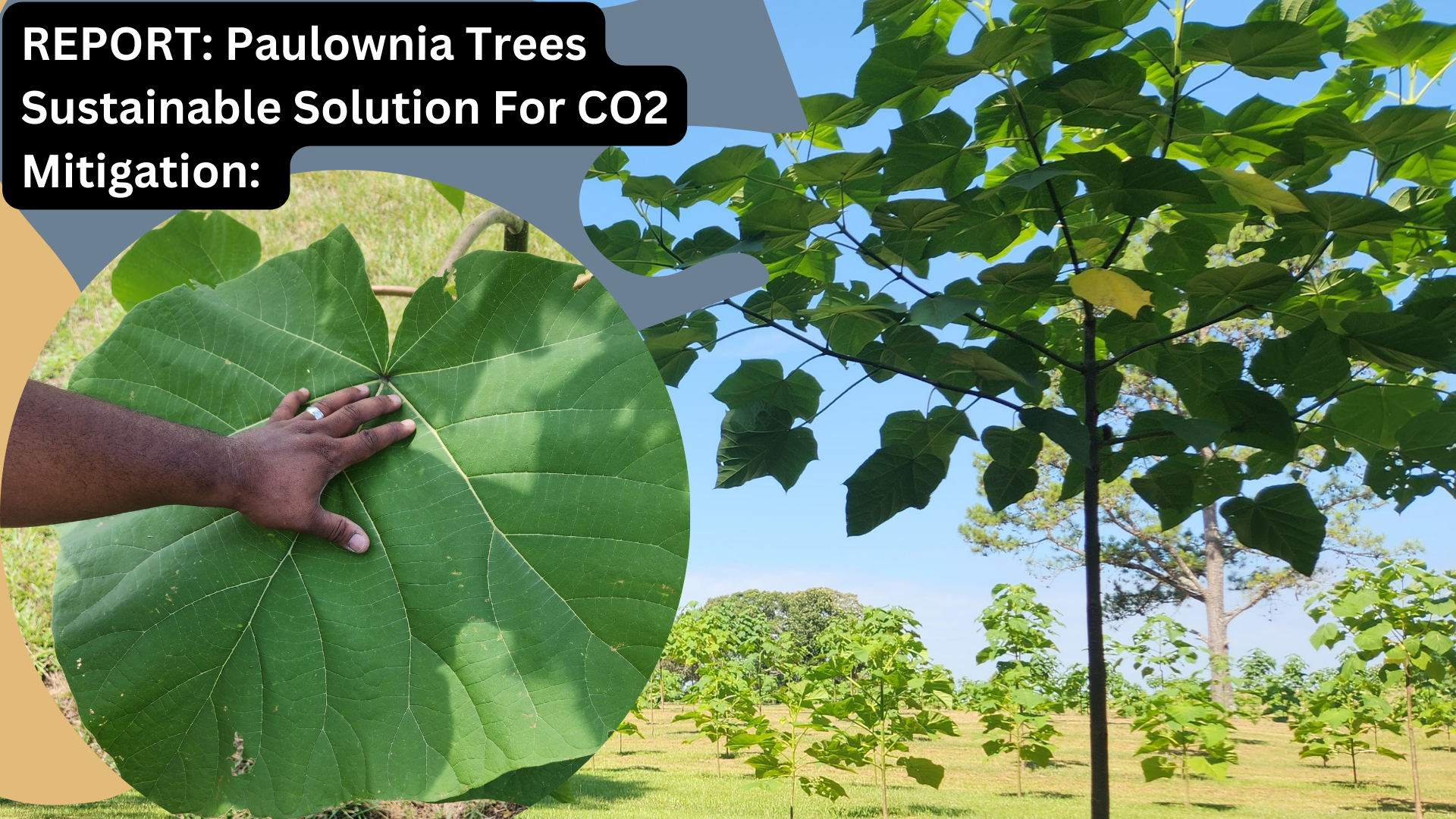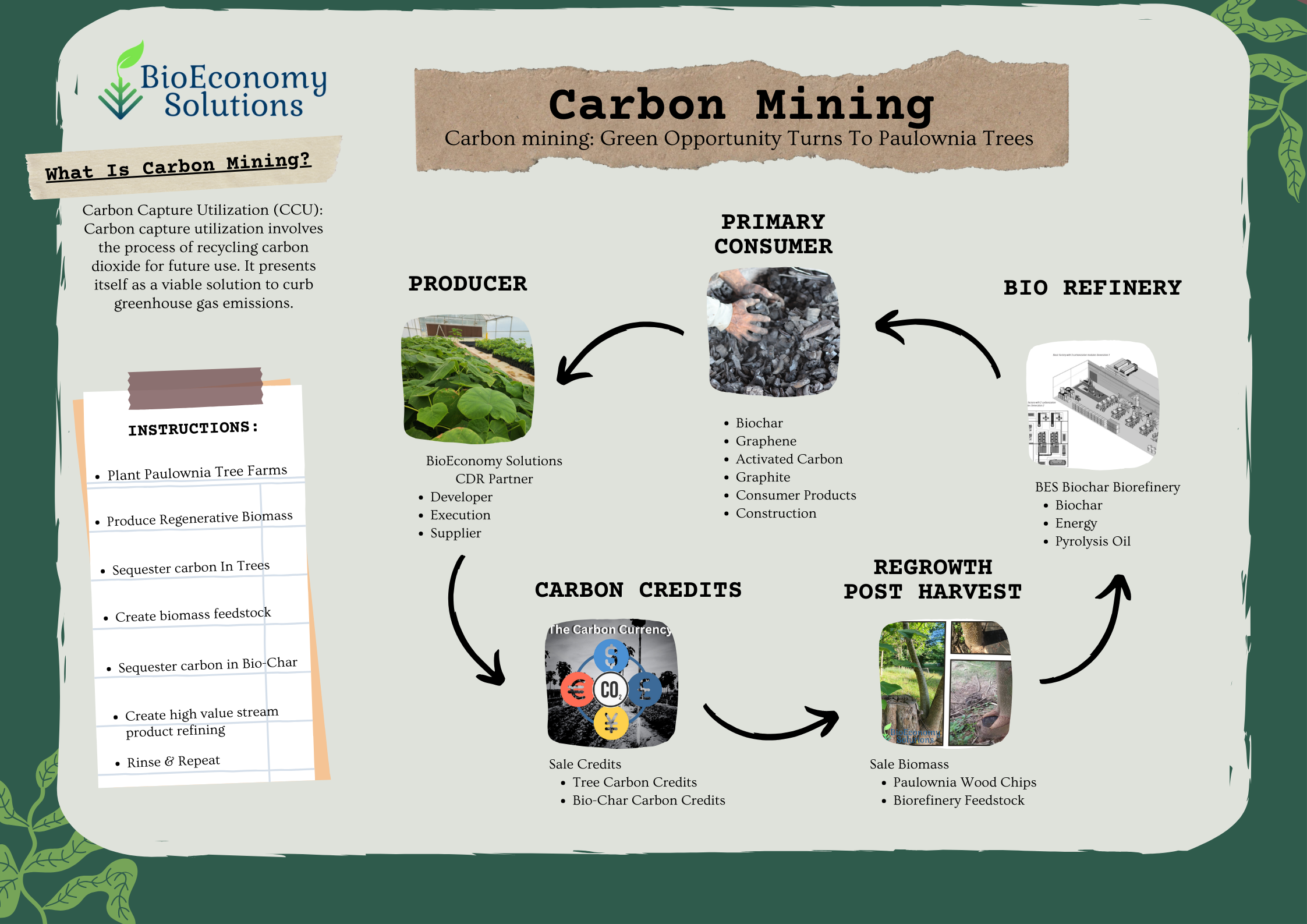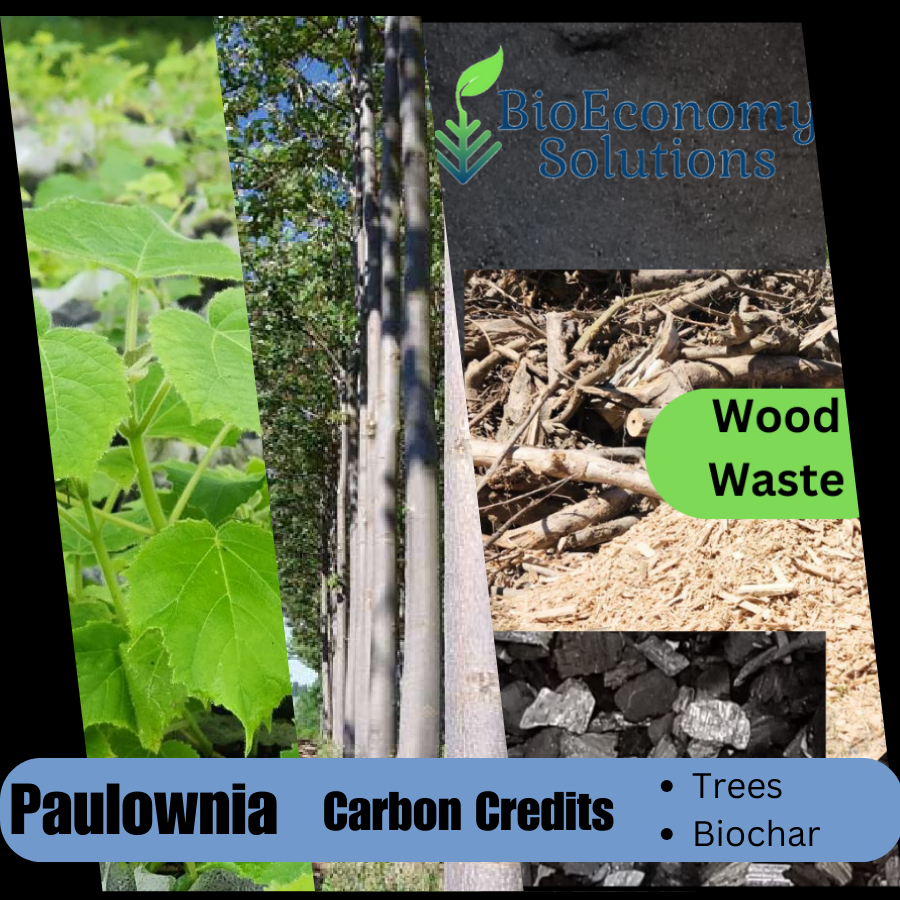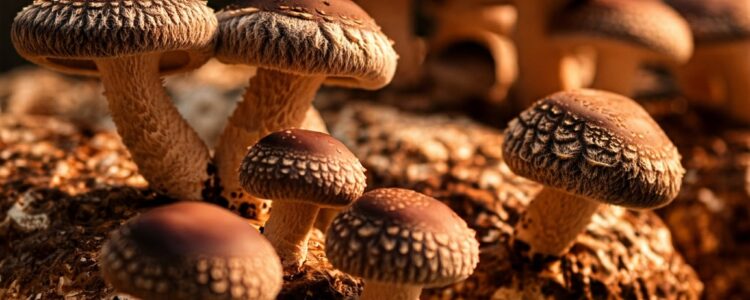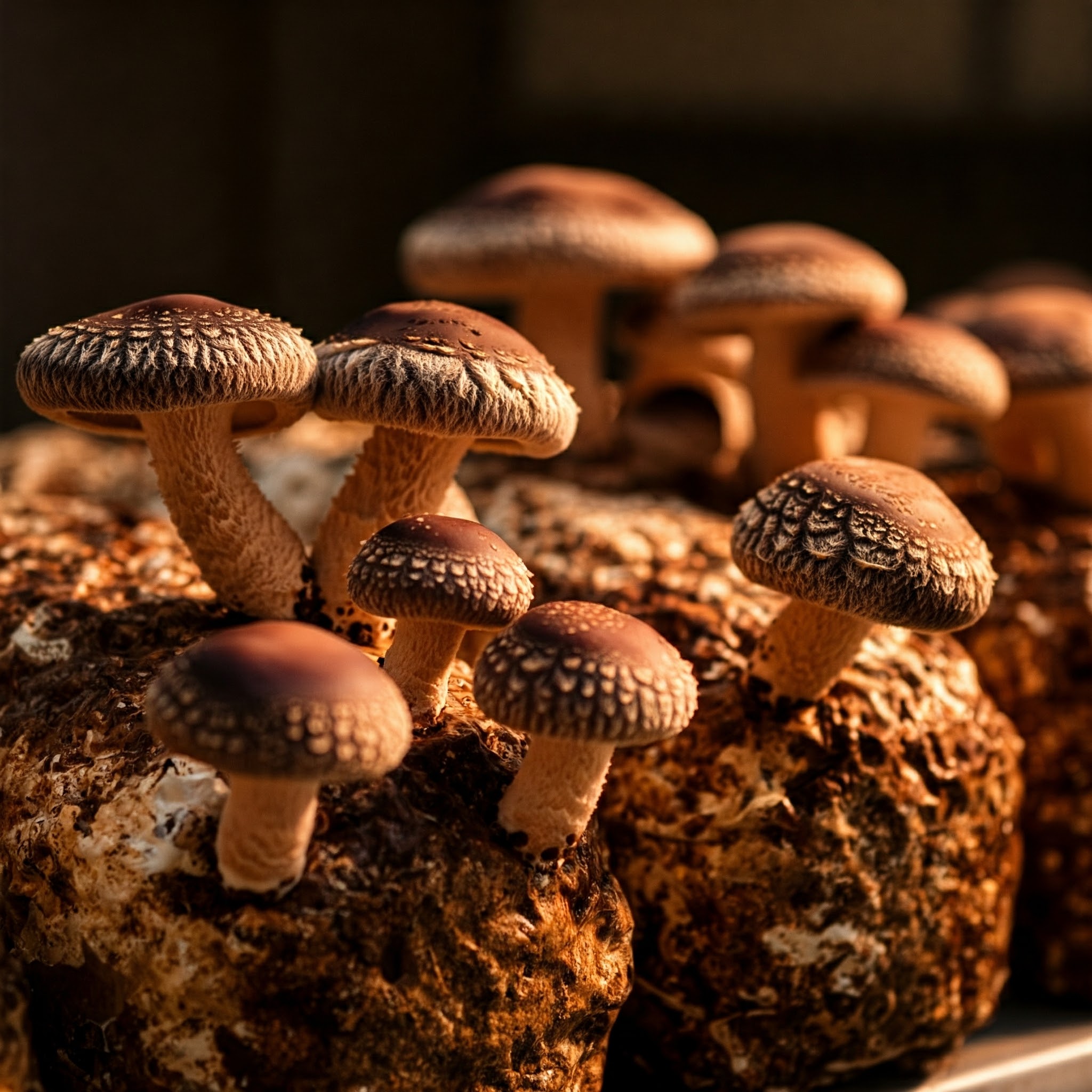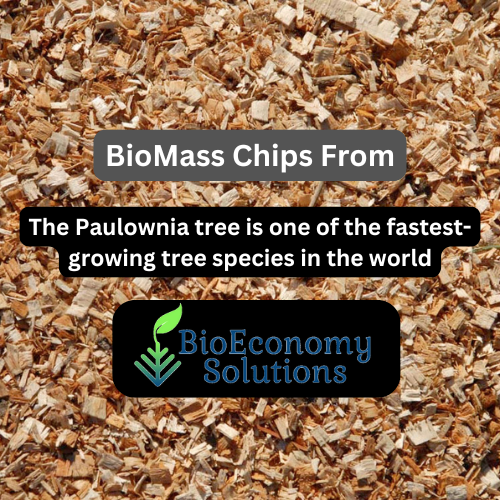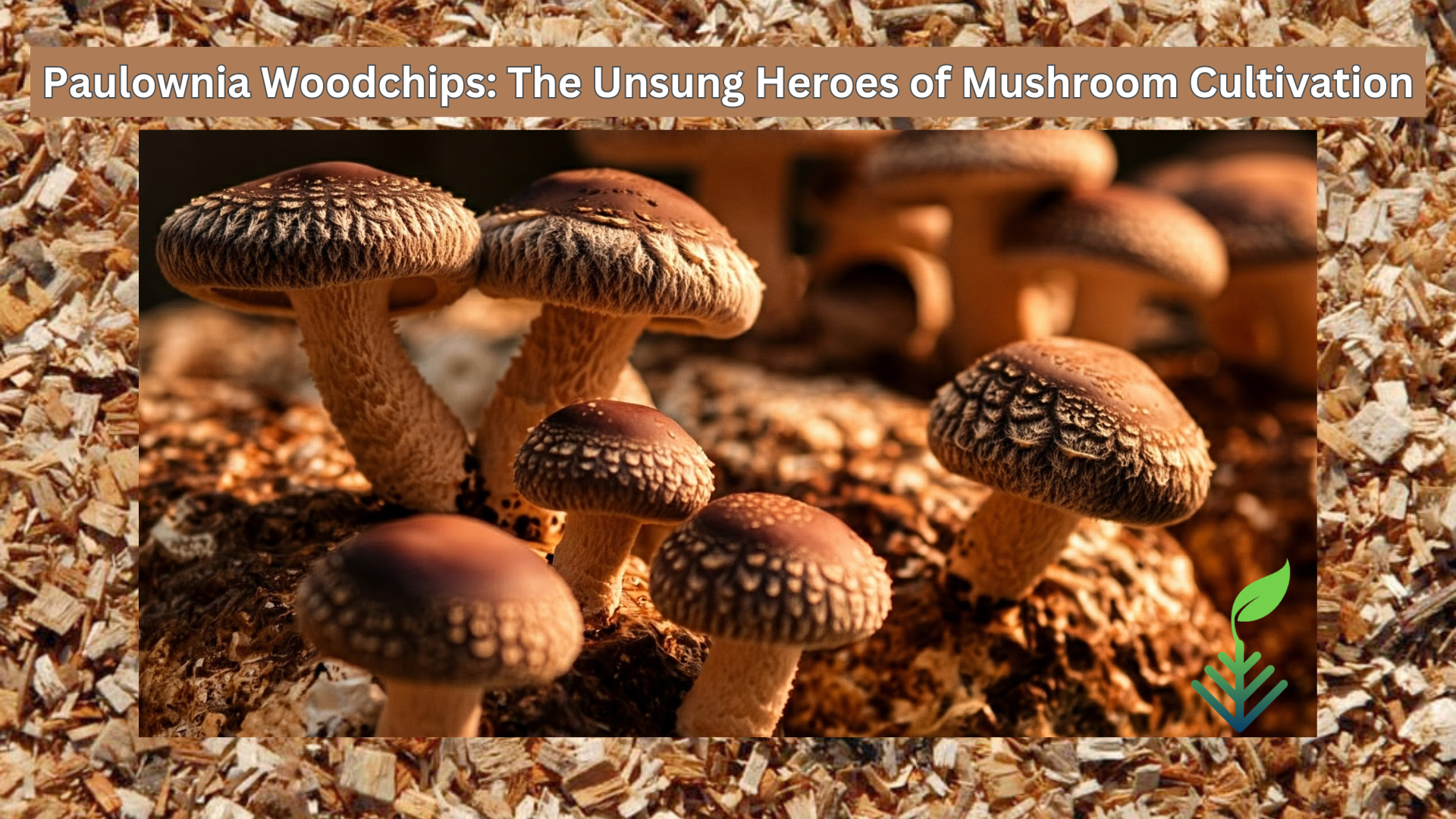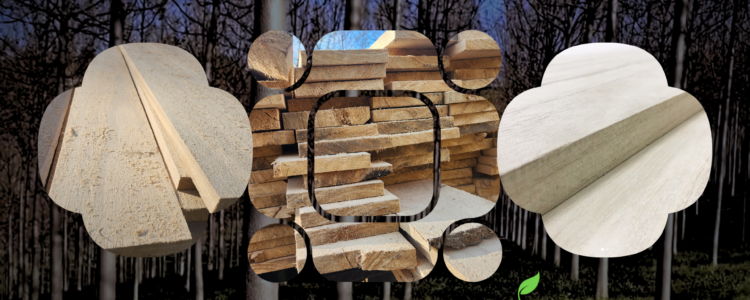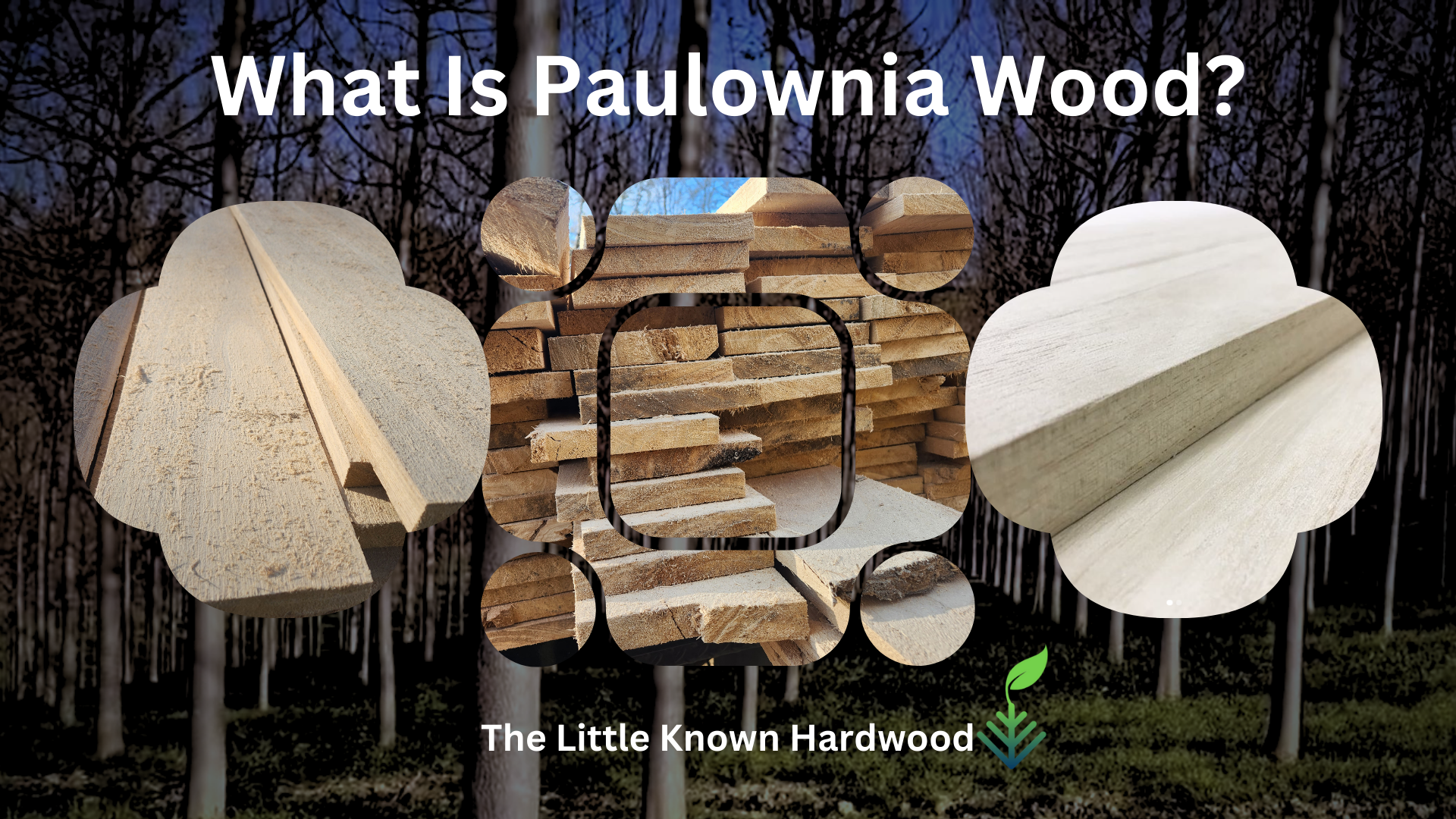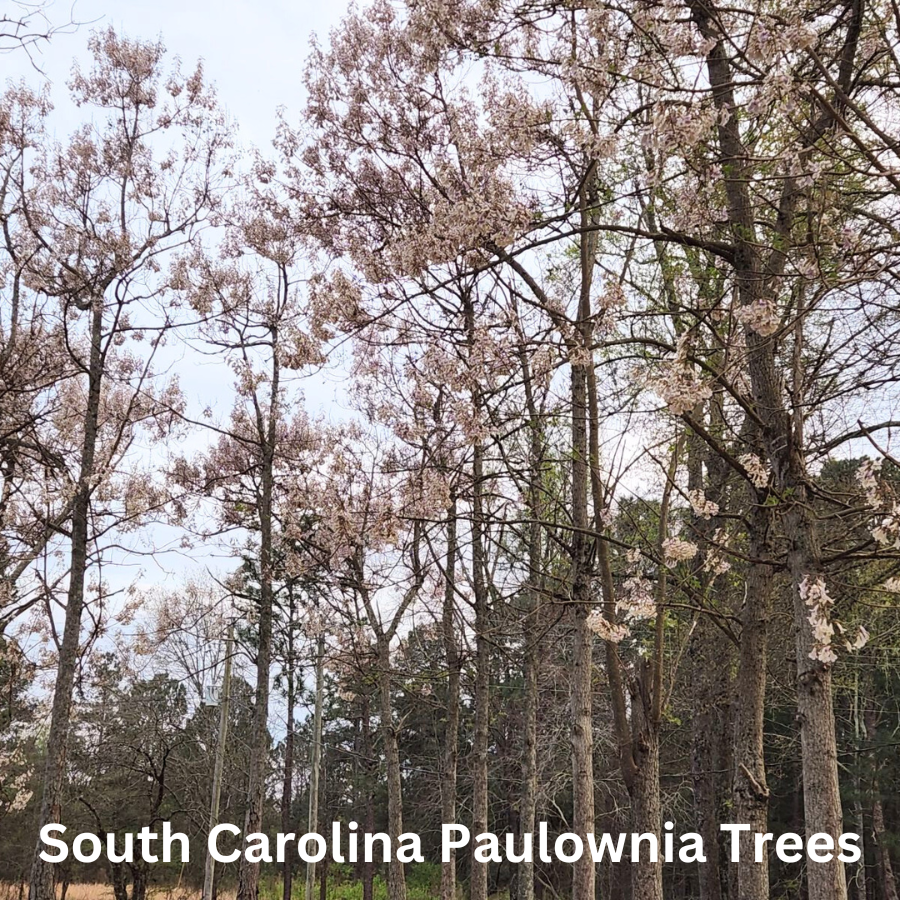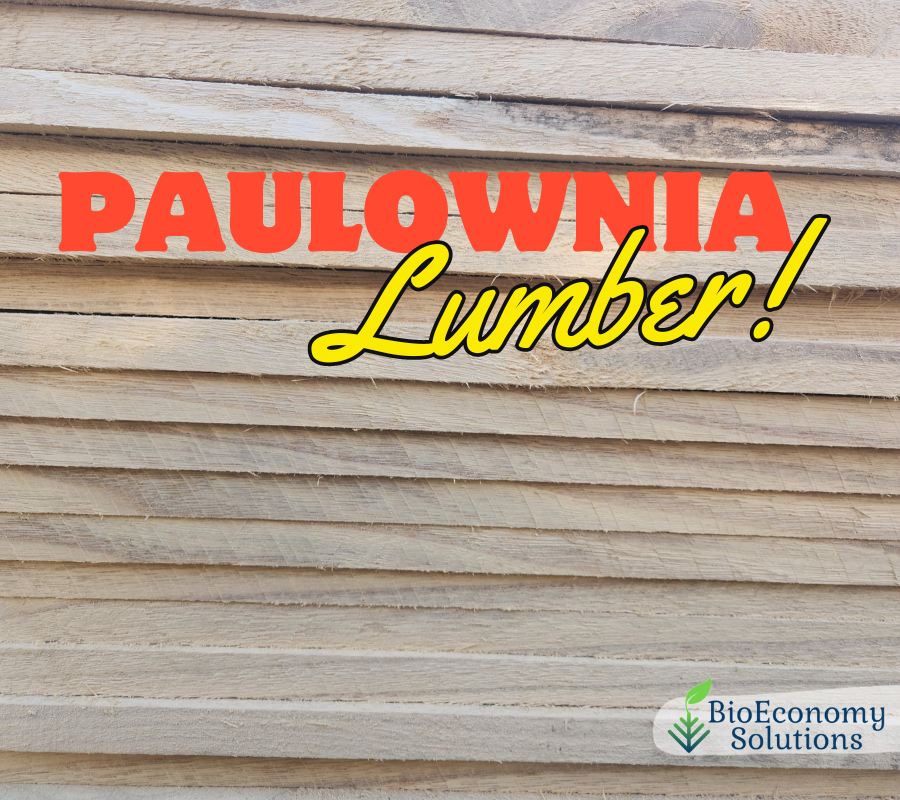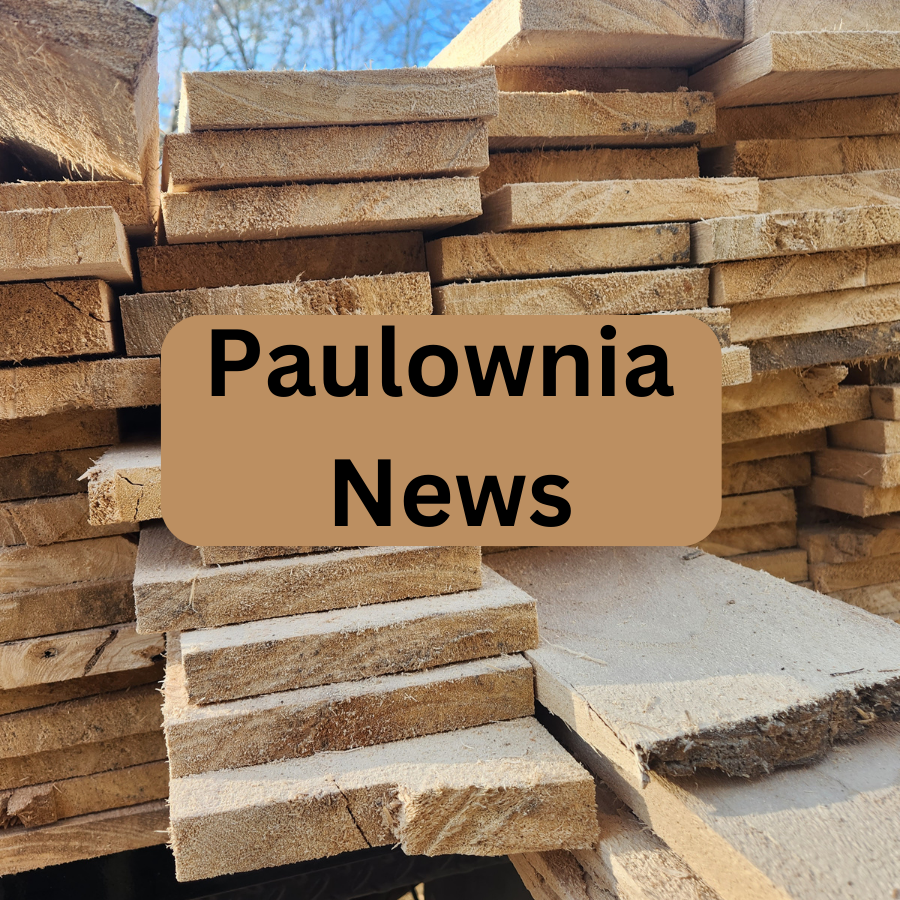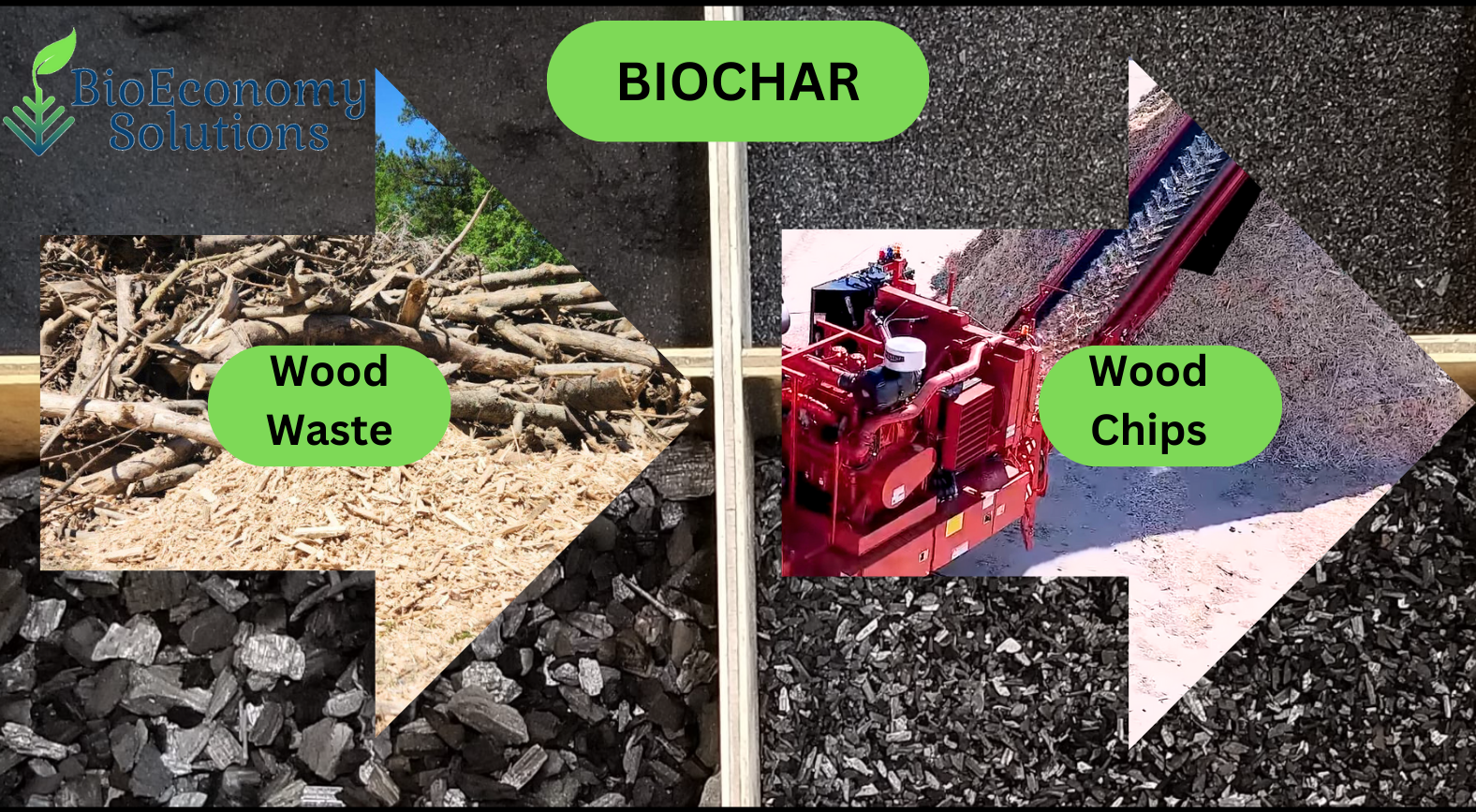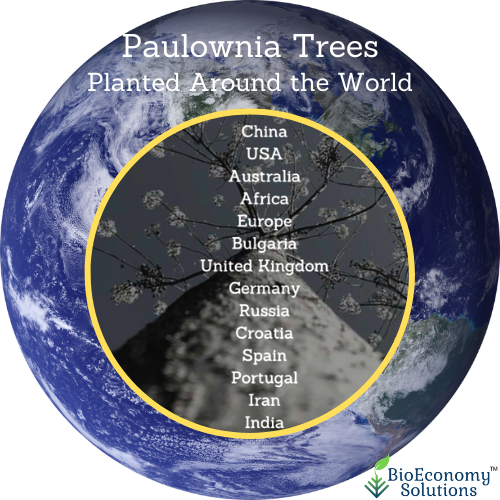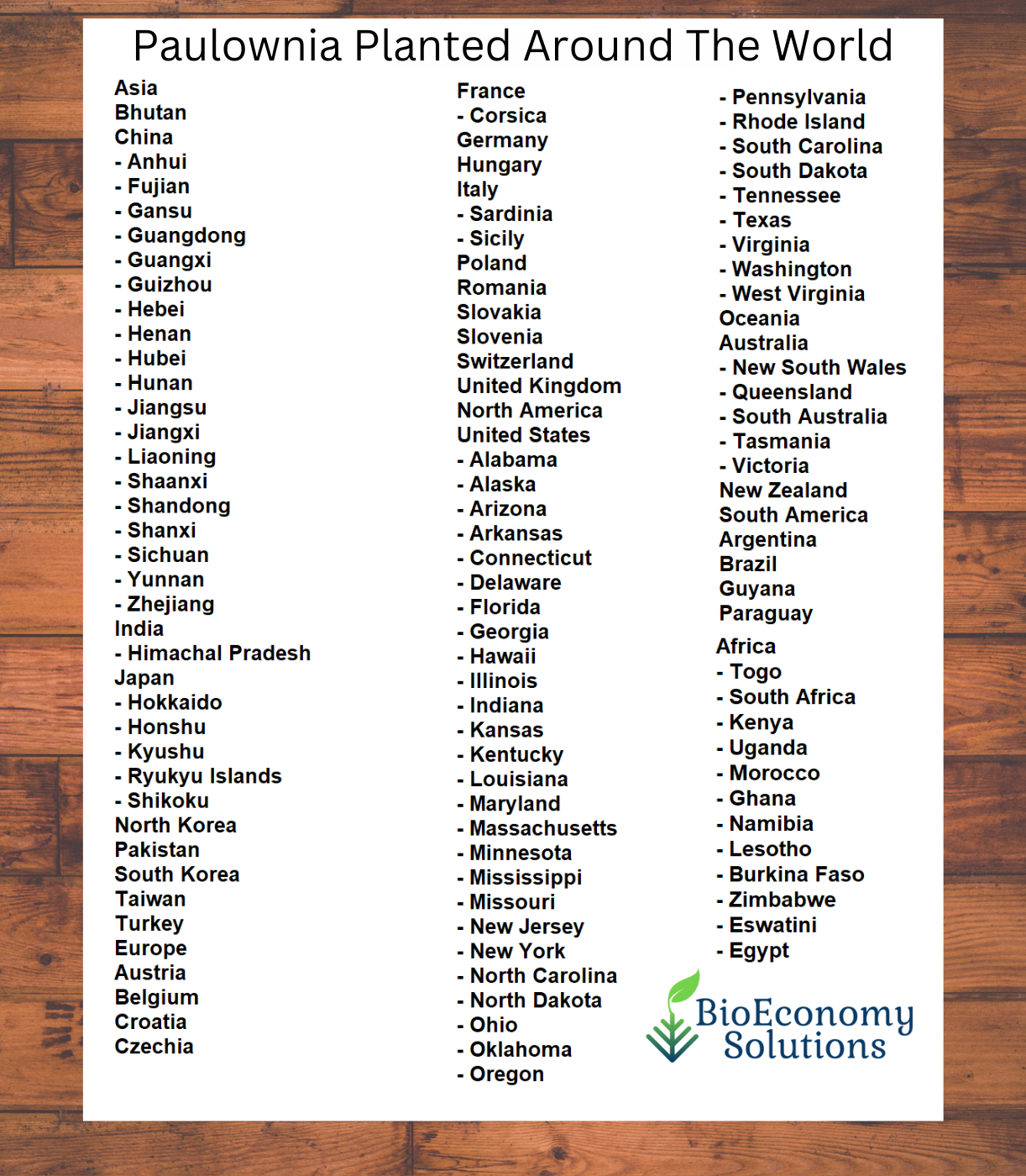Paulownia: The Billion-Dollar Green Asset Class Institutional Investors Can’t Afford to Ignore
Missed our live event, “Eco-Friendly Paulownia Trees Everywhere”? The replay is now available—and for institutional investors, or any organization interested in this subject, this is more than just an environmental discussion. Paulownia tree plantations are a lucrative, scalable, and future-proof investment opportunity with unparalleled ESG upside.
Why Paulownia? The High-Growth, Low-Risk Green Asset
Paulownia isn’t just a tree—it’s a high-yield, sustainable investment vehicle with institutional-grade potential. Our event revealed a fully developed 10,000-hectare plantation model, demonstrating how Paulownia delivers:
✅ Exceptional ROI– Fast-growing (harvest-ready in 2-7 years), premium biomass & timber markets, and carbon credit revenue streams.
✅ Climate-Resilient Investing – One of the world’s most efficient carbon sinks, generating high-value offsets for ESG portfolios.
✅ Natural Hedge Against Volatility– Inflation-resistant, uncorrelated to traditional markets, with rising global demand for sustainable timber.
✅ Government & Regulatory Tailwinds– Eligible for reforestation subsidies, tax incentives, and green financing programs.
✅ Phytoremediation & Land Appreciation – Rehabilitates degraded land, increasing asset value while cleaning pollutants (heavy metals, toxins).
Who Should Watch the Replay?
🌍 Sovereign Wealth Funds & Pension Funds – Diversify into tangible, inflation-proof assetswith long-term appreciation.
💼 Venture Capital & Private Equity – Scalable agroforestry plays with exit opportunities in carbon markets, sustainable timber, and bioenergy.
🏦 Family Offices & Impact Investors– High-growth, mission-aligned investments that balance profit with planetary impact.
📈 ESG Fund Managers – A verified, measurable green asset to bolster sustainability mandates and reporting.
The Institutional Case for Paulownia
- Carbon Credits: Paulownia plantations generate premium voluntary carbon offsets (VCS, Gold Standard).
- Timber & Biomass: Global demand for sustainable wood is surging, with Paulownia as a lightweight, durable alternative to traditional hardwoods.
- Land Banking: Strategic acquisition of marginal land for value appreciation through ecological restoration.
- Phytoremediation Projects: Partner with governments/NGOs to monetize polluted land cleanup.
Watch The Replay Now
The event replay delivers actionable insights, financial models, and case studies tailored to institutional capital deployment. This is not theoretical—it’s a proven, scalable asset class ready for portfolio allocation.
🔗 Watch the Replay Here – CLICK THE IMAGE BELOW
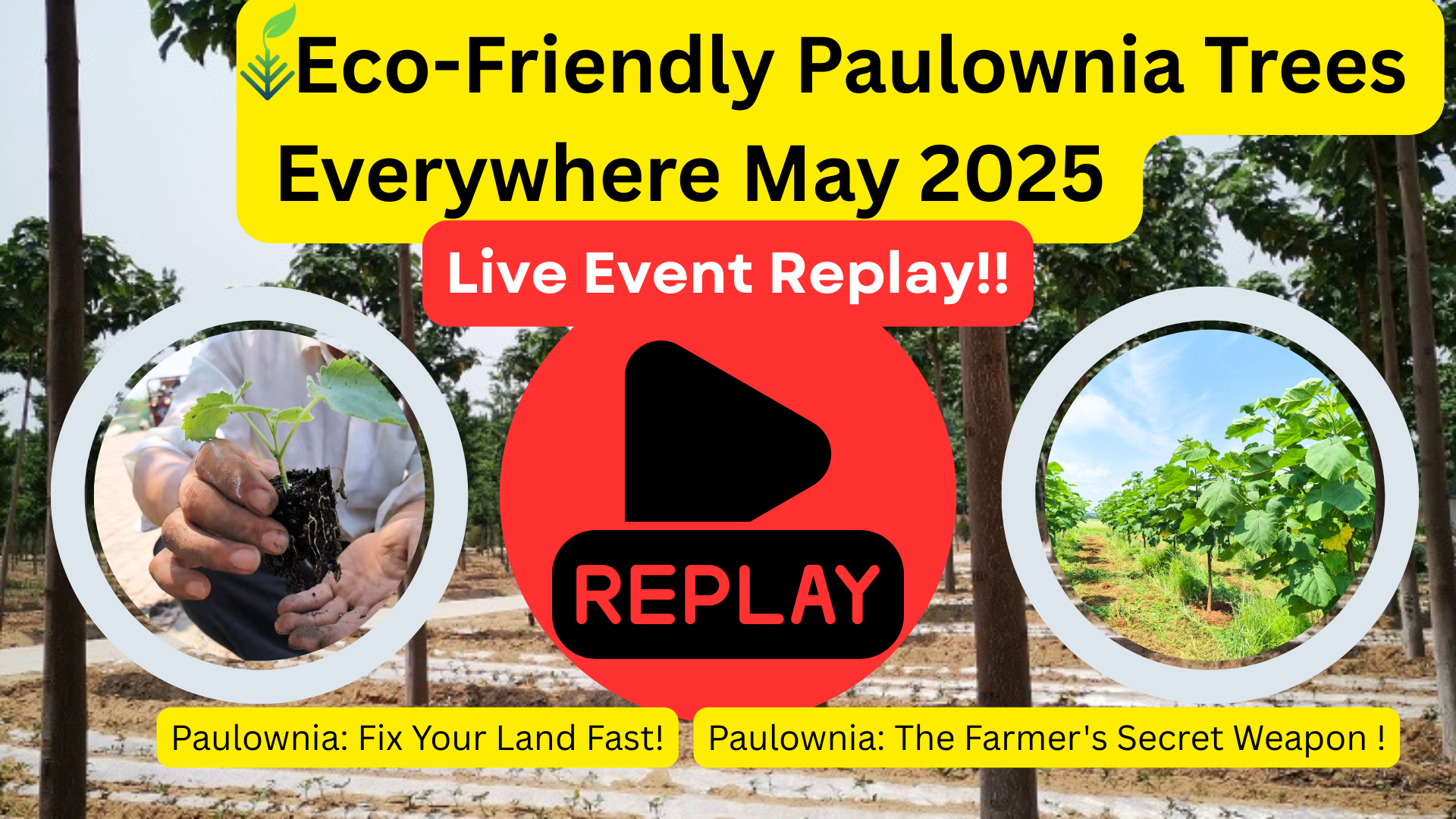
Who Should Watch the Replay?
🌱 Farmers & Landowners – Learn how to integrate Paulownia into agroforestry for profit and sustainability.
♻️ Eco-Entrepreneurs – Discover business opportunities in carbon credits, eco-timber, and phytoremediation projects.
🌍 Environmental Advocates – See how large-scale Paulownia planting can combat desertification and pollution.
🌳 Anyone Passionate About Reforestation – Get actionable insights on starting your own Paulownia plantation.
Schedule Private Briefing
Interested in a private briefing? Contact our investment team for exclusive data rooms and deal flow opportunities.

#SustainableInvesting #InstitutionalCapital #ESG #CarbonMarkets #Agroforestry #Paulownia
Review The Financial Model For Paulownia Plantation
Want to see the numbers?
During the event we also did a full review of the financial model that IS NOT AVAILABLE TO EVERYONE as you will not see it above. But you can have access now. SEE BELOW

Subscribe For Access

About BioEconomy Solutions
Where To Buy Paulownia? Paulownia Wood For Sale – QUESTIONS?
Visit our web page. https://bioeconomysolutions.com/paulownia-lumber/
We’re happy to organize a time to speak with you about our paulownia trees and lumber we have for sale. Please book your preferred time to speak directly.
Here’s a link to my online calendar/schedule:
www.bioeconomysolutions.com/bookcall
BioEconomy Solutions
mail@BioEconomySolutions.com
Office: 843.305.4777
LIKE|SHARE|COMMENT
Enjoy this article? You may also enjoy “Carbon Developers Choose Paulownia Trees” https://www.linkedin.com/pulse/carbon-developers-choose-paulownia-trees-victor-garlington-imh4e/
